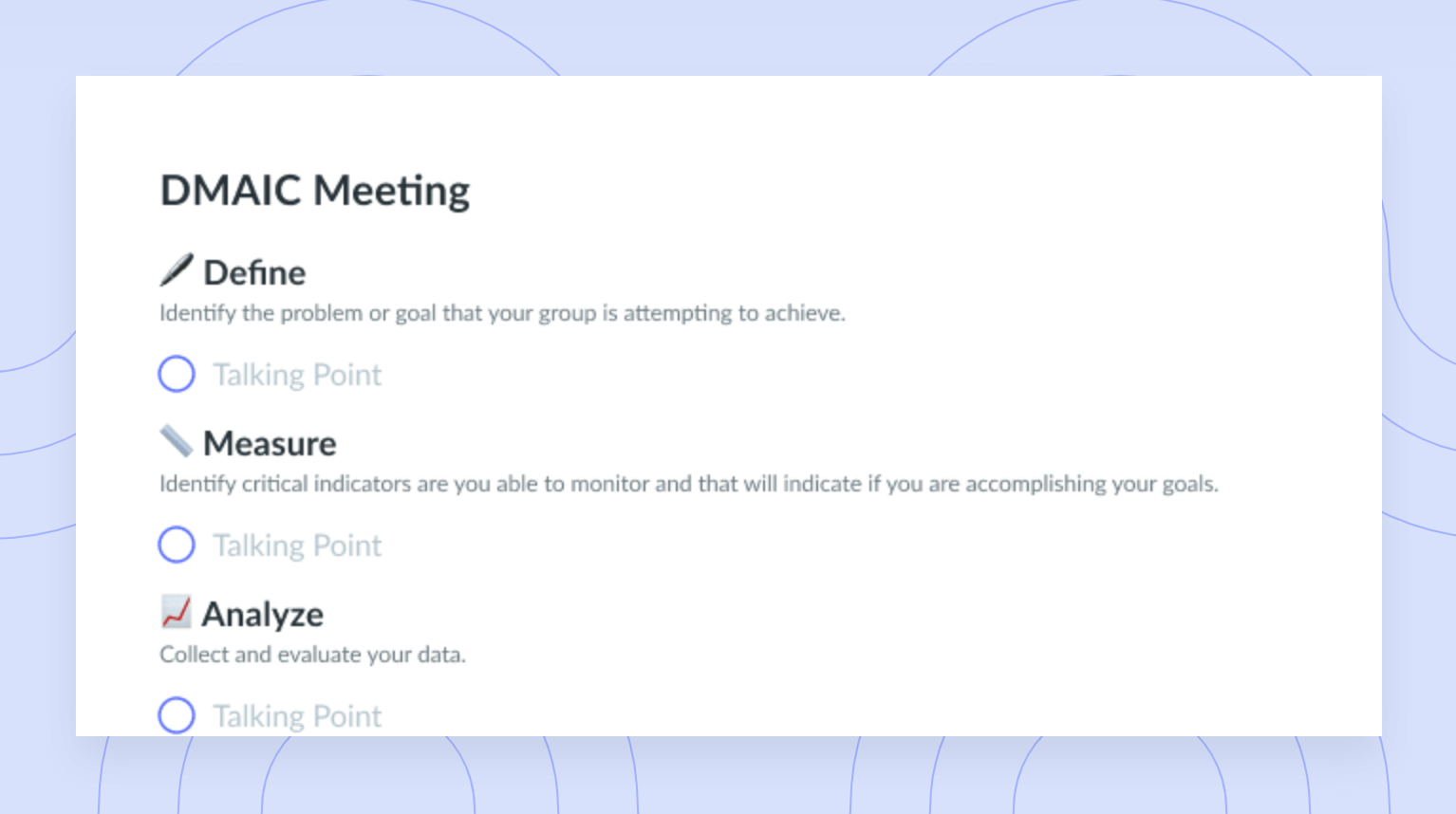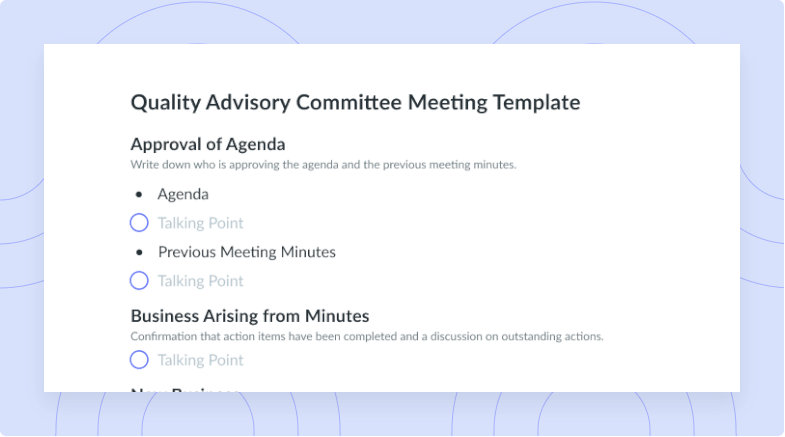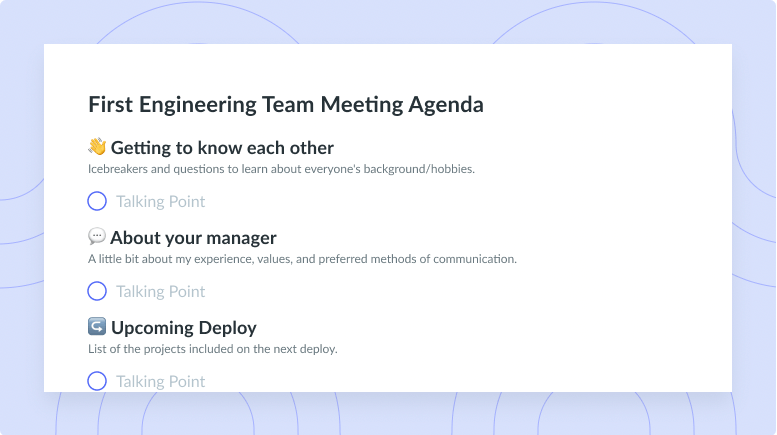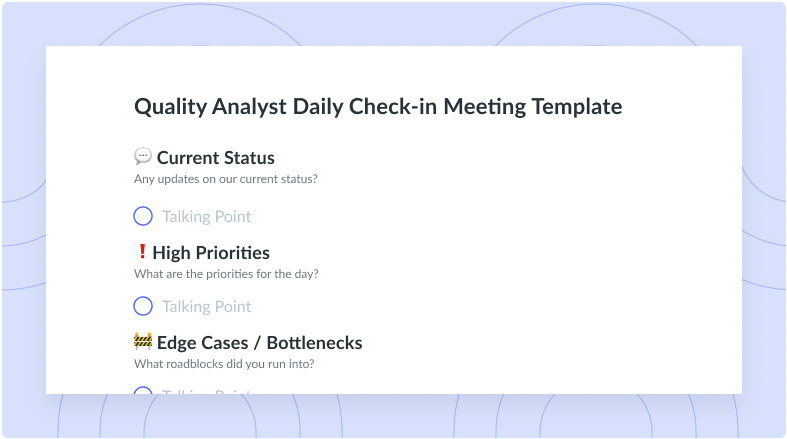How to Measure and Develop Engineering Productivity
Engineering productivity is essential for ensuring quality processes and performance. Learn everything you need to know about it here.
Using infrastructure, systems experience, metrics, and insight is required to create engineering productivity so you and your team can see strong effectiveness and efficiency in your developers’ workflow. Engineering productivity is essential because it helps you and your team conduct different experiments to discover ways of improving the team’s efficiency, while also ensuring that the team’s performance and productivity isn’t being slowed down. The ultimate goal of engineering productivity is to improve the overall engineering process by trying out new techniques and new tools to see what kind of an impact they have on time management and productivity. After identifying the impact, you can actually measure it to better understand how it affects the team’s productivity and metrics.
This article covers what engineering productivity is, why it’s important for you and your team, how to measure it, and how to actually develop engineering productivity in the first place.
- What is engineering productivity?
- Why is engineering productivity important?
- How to measure engineering productivity
- How to develop engineering productivity
What is engineering productivity?
Engineering productivity is the measurement and optimization of the engineering process through the establishment and tracking of engineering-related metrics. The major goals of engineering productivity are to identify problems in the engineering process, to begin reducing the time required for the delivery of new features, and to promote the trial and error or experimentation of different tools, techniques, and changes to the process that may drive improvements across the team and the way they work. The result of establishing engineering productivity is better products, quicker releases, and greater reliability throughout the engineering and development team. Delivery time is reduced and the quality of delivery is improved, therefore enhancing the engineering process.

Run productive meetings
Solve problems faster and increase productivity with a collaborative agenda that the whole team can contribute to. Try using a tool like Fellow!

Why is engineering productivity important?
Engineering productivity is important because it is a means to ensure continuous improvements as you and your team continue to learn and become more effective in your work. This is especially true for organizations that are growing quickly, like start-ups. When companies favor growth through feature delivery over effectively scaling the team to ensure efficiency and productivity, technical debt can grow pretty quickly, having a negative impact on time and productivity. There may be lower code quality, more bugs to fix, and more challenges debugging code. What’s more is that this added pressure can really affect your team’s happiness at work. To avoid these issues, you need to measure the team’s efficiency and avoid the build-up of technical debt.
How to measure engineering productivity
- Use cycle time
- Create a Review to Merge Time (RTMT)
- Keep an eye on the quality of code
- Assess deployment time
1Use cycle time
Software development cycle time is borrowed from lean manufacturing. It measures the amount of time from work initiated to work delivered, making it one of the most important metrics for any software development team. Cycle time enables the measurement of the time from the first commit to production release. By using cycle time you can implement a data-driven approach to flag and eliminate drawbacks in an engineering team; to do so, look holistically at the Software Development Life Cycle (SDLC) and pay attention to the intersection of Agile delivery, DevOps, and engineering management.
2Create a Review to Merge Time (RTMT)
GitLab’s development handbook suggests the Review to Merge Time (RTMT) metric, where you and your team measure the time between requesting a pull request review and actually merging the pull request. The idea here is to reduce the time a feature spends in the review state. When teams are able to create a high RTMT, it prevents developers from progressing because they need to wait for feedback. This encourages context for switching between different problems that need to be dealt with.
3Keep an eye on the quality of code
It’s important to look at the quality of code to measure engineering productivity. You can identify and assess the quality of your team’s code by tracking the number of bugs that your team has to resolve within one month of completing a feature. Measuring this will support you and your team in understanding the true quality of your code. The measurement is pretty simple: higher-quality code will show much fewer bugs after feature deployment, meaning less time going back and forth to debug and resolve issues.
4Assess deployment time
Another way of measuring engineering productivity is by assessing deployment time. Whenever new changes to your production environment are made, track how often these changes are being made. By tracking deployments across several branches, you give your data more value; this data then demonstrates how long it takes for features to move through each development stage. Your team’s deployment frequency also highlights the productivity and efficiency of the group, which helps to keep up to date with the engineering team’s velocity.
How to develop engineering productivity
- Set clear deadlines
- Host engineering team meetings
- Offer breaks
- Limit distractions
- Avoid multitasking
- Create and follow a plan
- Track OKRs
1Set clear deadlines
Creating well-defined deadlines for engineering tasks will increase accountability across the team and boost your productivity. When you create realistic and logical due dates, people tend to be motivated to work as effectively as possible when completing the task at hand. While some people believe deadlines can result in added pressure on their team, it’s absolutely essential for developing engineering productivity. Make sure each deadline is adequately defined, communicated, and understood by the entire team to drive accountability and to ensure team members can support one another as best as possible.
2Host engineering team meetings
Hosting engineering team meetings is a vital step towards developing engineering productivity. Recurring engineering team meetings are an opportunity for the entire engineering department to share progress demos, discuss any technical challenges, and align the team on the most important priorities each week. These weekly team meetings also offer the engineering team a chance to explore and discuss what other team members and departments are working on so they can anticipate future engineering projects or technical challenges that may arise. These meetings are especially critical when onboarding new employees to ensure they’re aware of the work that needs to be done. A successful engineering team meeting is one where participants leave feeling empowered and motivated to do some really great work.
3Offer breaks
Offering breaks is extremely important for ensuring that your team remains productive, motivated, and effective in the tasks they’re working to complete. It’s genuinely not healthy for anyone to work eight or more hours a day without taking a breather to diffuse from a job that asks for a huge amount of mental focus. Taking short breaks every few hours will actually allow team members to think more clearly, and also provides individuals with some time for the solutions to problems to come to them more intuitively, without forcing things. Breaks won’t lead to piled up work, but will rather allow your team to be more level-headed and productive overall.
4Limit distractions
Limiting distractions is another great way to develop engineering productivity with your team. One major way to limit distractions is to put your cell phone somewhere that you can’t access it, or at least put it in ‘do not disturb’ or ‘focus’ mode. Notifications that pop up can immediately break your thought process and suck you into a dark hole of social media scrolling for far longer than you had intended. Five minutes on Facebook, Instagram, or Snapchat can very easily turn into a half hour or longer, without you even realizing it. Find effective ways to limit your distractions as much as possible, whether this is by putting your cell phone away, time-blocking in your calendar, or booking a meeting room for yourself to stay on task.
5Avoid multitasking
Avoid multitasking when you can. Productivity tends to decrease as soon as we attempt to carry out more than one task at once. Not only does multitasking affect productivity, but it affects efficiency as well, since the quality of the work or the code that you’re working on doesn’t have your complete and undivided attention. When we multitask, we also risk becoming distracted more easily, which slows down the engineering process even more. Prioritization therefore becomes really important to avoid multitasking. Be sure that your team is modularizing tasks to ensure they’re meeting deadlines and focusing on completing the most urgent responsibilities first.
6Create and follow a plan
Creating and following a plan is really effective for creating engineering productivity. Dedicating a few minutes at the end of each working day to prioritize your goals for the following day can be extremely effective for your team’s productivity. You can help your team do this by asking them to set a number of goals for the following day in the form of a to-do list. This list will allow team members to feel more at ease, more aligned, and more prepared to take on the day, ready to hit their goals and make a valuable contribution to the team’s objectives.
7Track OKRs
A final effective way to create engineering productivity is to track your objectives and key Results (OKRs). OKRs are typically ambitious goals that need time and focus to be achieved. This is why it’s important to catch at-risk goals early while there’s still time to fix them and realign. That said, if you only review your OKRs sporadically, at-risk objectives can easily go unnoticed, thus taking away from your team’s productivity and effectiveness. With the Objectives tab in Fellow you can link your objectives with a team meeting, making it easy to review progress, resolve challenges, and keep all OKRs on track for success.
Parting advice
In this article, we’ve discussed how engineering productivity helps drive elite engineering teams. Many times, companies only really need to make minimal changes for large effects to take place and for the team to be more effective in the delivery of their tasks. Focus on measuring engineering productivity so you can effectively track engineering objectives and goals. To develop engineering productivity, set clear deadlines with the team and ensure that these expectations are clearly communicated. Host regular, recurring engineering meetings and ensure that your team members are taking regular breaks to refocus and realign. Limit distractions, avoid multitasking, and create a plan that you’ll follow closely. Lastly, track your OKRs so you can evaluate your productivity and efficiency over time.




























